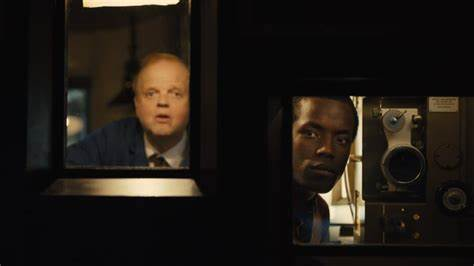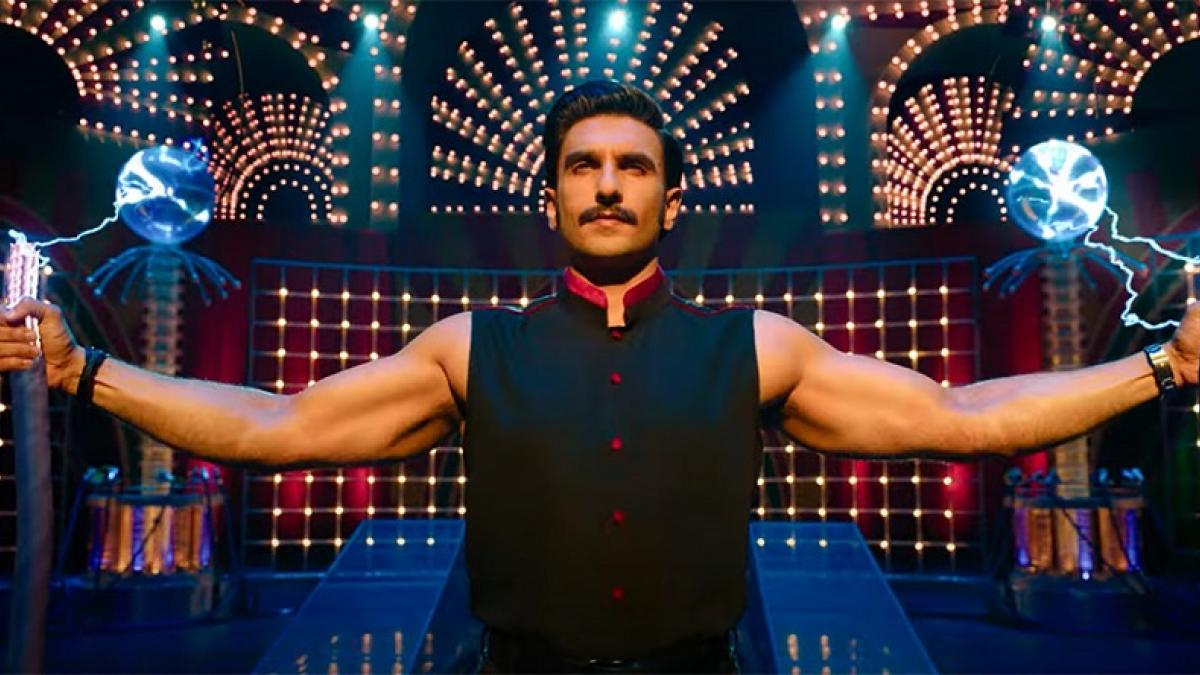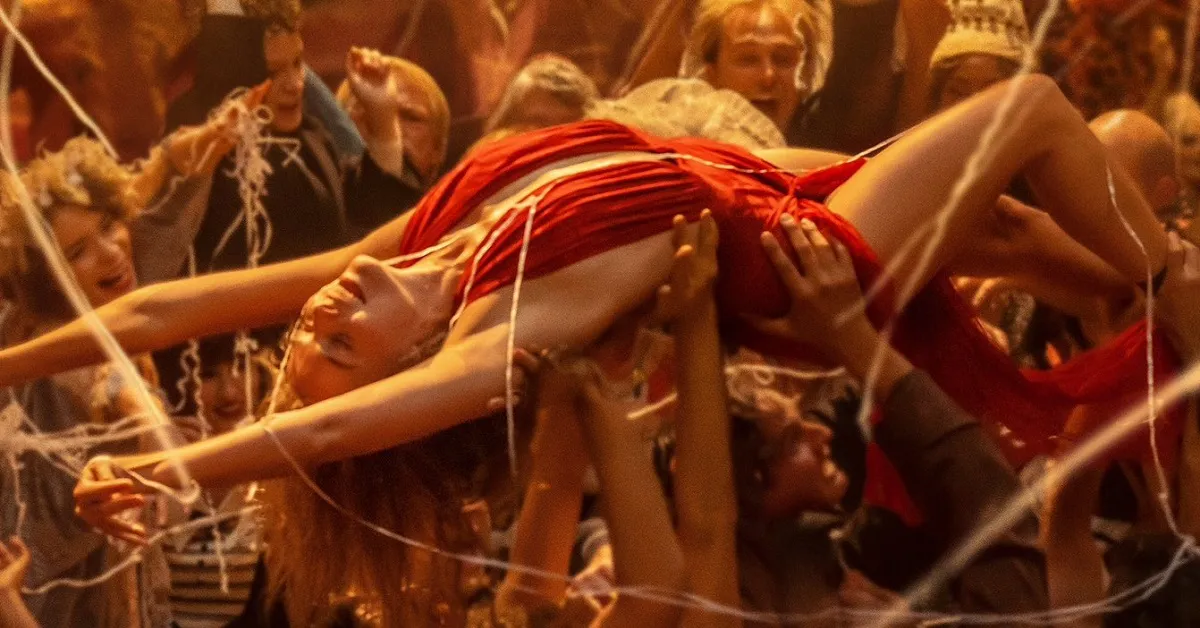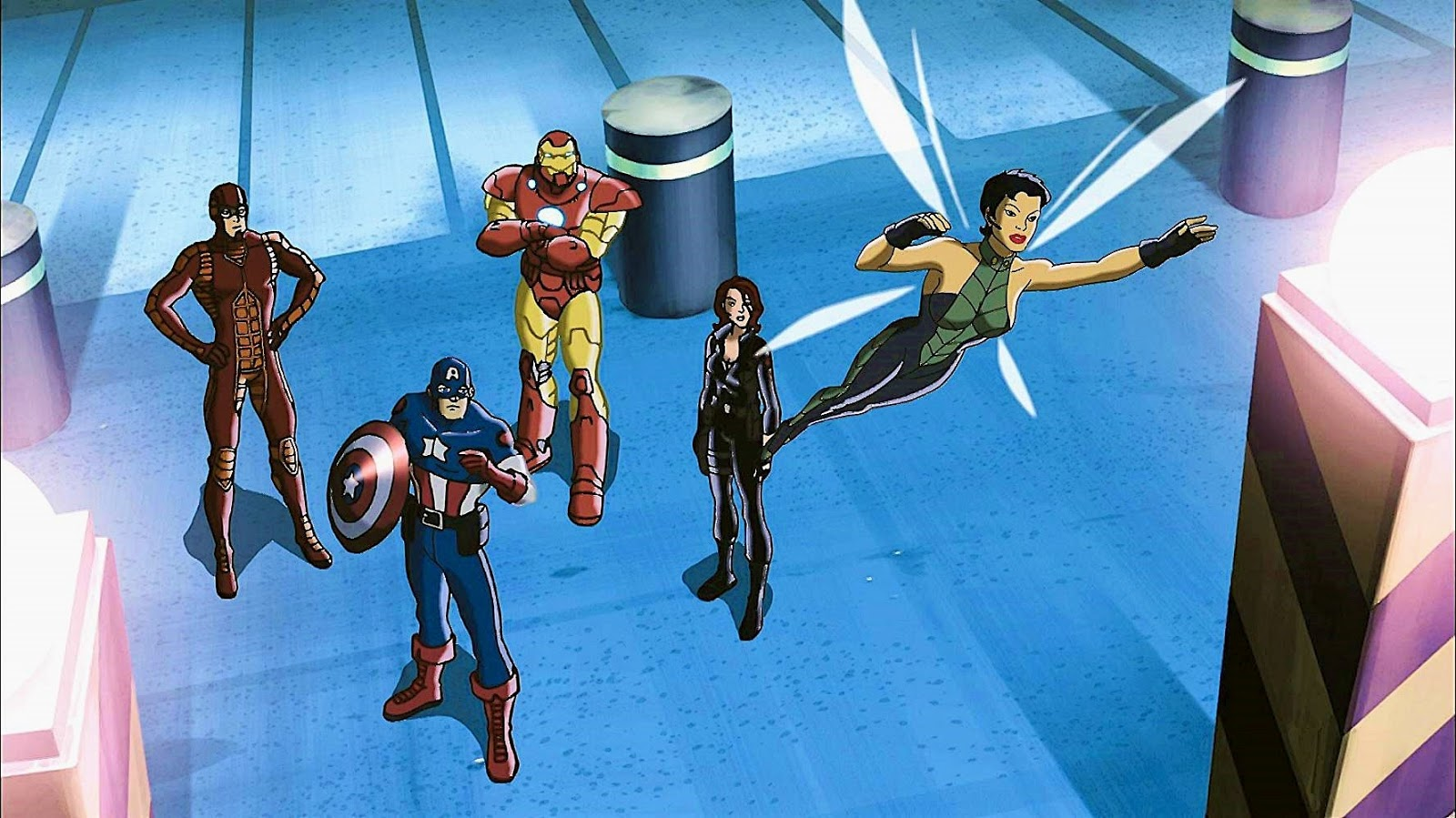Hello my friends and happy Saturday morning. Once again it is time for some classic cartoons.
Today's cartoon selection begins with a classic early Merrie Melody, The Queen was in the Parlor (1932). This cartoon features the character Goopy Geer. This was one of Rudolph Ising's attempts to come up with a reoccurring character for the Merrie Melodies cartoons (earlier attempts had been Foxy and Piggy). Goopy only appeared in three short films, Goopy Geer (1932), Moonlight for Two (1932), and this movie. He would much later appear in the Tiny Toon Adventures episode, Two-Tone Town (1992).
Next we join Mickey Mouse, Donald Duck and Goofy in Moose Hunters (1937). This film was not the first time Mickey had hunted a moose. In The Moose Hunt (1931), Mickey and Pluto had hunted a moose. However these two cartoons are very different despite a similar idea. This movie made its TV debut with the Disneyland TV show episode, The Goofy Success Story (1955). The following is a review from The Film Daily, "Plenty of action and fun stud this highly entertaining short with Mickey cast in the role of a hunter. On stilts and enshrouded with foliage, the renowned rodent is camouflaged as a tree. For his two companions, the Goof and Donald Duck, disguise themselves as an alluring female of the moose family so as to attract the majestic Mr. Moose to the spot marked for the kill. Literally ladening the air with the scent of perfume, the plotters succeed not only one but two romantically inclined gentlemen moose to the woodland clearing, where in keeping with classical male tradition, they fight over the lady fair. But when they discover that that the lovely maiden moose is the mean machination of Donald Duck and the Goof they charge to the attack. Mickey and his allies fortunately escape in a canoe. Young and old will love this top-notch reel."
Next is the Fleischer Brothers Superman cartoon, Billion Dollar Limited (1942). Paramount (the distributors of the Fleischer cartoons) brought the screen rights to the famous superhero in 1940, and gave it to the Fleischers to make a cartoon series out of. The studio was not quite sure about this venture after all animated cartoons had not yet done anything similar to a pure action film. They tried to dissuade Paramount by asking for four times the usual budget for one of the studio's cartoon shorts ($100,000) thinking Paramount would refuse. Shockingly they accepted and the series began production. Voicing Superman himself was Bud Collyer, who was already the character's voice on radio. The famous lines "Look up in the sky- it's a bird - no, it's a plane - no its superman" made their first appearance in Superman lore with these cartoons. The following are some exhibitor's reviews from the Motion Picture Herald, "Billion Dollar Limited: Okay. Too bad the animation is so jerky, however. - Palace Theatre, Penacook, N.H." "BILLION DOLLAR LIMITED: Superman Color Cartoons — Poorest of this series so far. Even the kids didn't like this one. Too extreme to get by. The other two we have shown got by pretty well. - S.L. George, Mountain Home Theatre, Mountain Home, Idaho. Small town patronage." "SUPERMAN IN THE BILLION DOLLAR LIMITED: Superman Color Cartoons — We hardly know how to rate these cartoons. Played with a Gene Autry western and the program brought in a lot of kids. Maybe it was the cartoon. - Horn and Morgan Inc., Star Theatres, Hay Springs, Neb. Small Town Patronage." The following is a review from The Motion Picture Daily, "This version of The Great Train Robbery is quite a departure from the original. It involves a billion dollar train shipment. Bandits in an armored car attempt to take over with dynimite, machine guns and other implements of persuasion. Superman speeds to the scene. When the bridge is blown up and train goes toppling over, he dives down, gets a firm grip on it, and brings it back to the tracks. With bullets bouncing off his chest, he then tows it back into the station. The bandits retreat. Apart from the short's obvious value as children's fare, it is so fantastic that adults too should go for it. Running time, 8 mins. Release Jan. 9, 1942."
Now for a Fleischer Brothers Talkartoon, Up to Mars (1930).
Now for a commercial break.
Now for the Pink Panther in Psst Pink (1971). This is the TV version of the short, which unlike the theatrical version contains a laugh track. I chose this version because I really enjoy the little bumpers this show had between the cartoons and this video includes one of those.

Motion Picture Exhibitor, 1966

The Exhibitor, 1964
Now for a Terry Toons short starring Little Roquefort and Percy the Cat, Playful Puss (1953). These shorts may never reach the heights of MGM's very similar Tom and Jerry, but they are quite fun in their own right, even if they continue to go overlooked. This movie in particular has some delightful moments and a fun premise.
Today's cartoon selection ends with Bugs Bunny in Bewitched Bunny (1954). This cartoon marked the first appearance of Witch Hazel in a Looney Tunes cartoon. Rather than being voiced by June Foray (who would take over the voice in the next film, Broomstick Bunny (1956)), here the character is voiced by Bea Benaderet, who would later voice Betty Rubble on The Flintstones. As some of you probably know Disney made a Donald Duck cartoon featuring a witch named Witch Hazel, before this film (that character was voiced by June Foray). Bewitched Bunny would later be used in the feature length compilation film, Bugs Bunny's 3rd Movie: 1001 Rabbit Tales (1982).
Thanks for joining me. Come back next week for another selection of classic cartoons. Until then may all your tunes be looney and your melodies merry.
Resources Used
https://lantern.mediahist.org/
Walt Disney’s Mickey Mouse: The Ultimate History by David Gerstein and J.B. Kaufman
Of Mice and Magic: A History of American Animated Cartoons by Leonard Maltin














